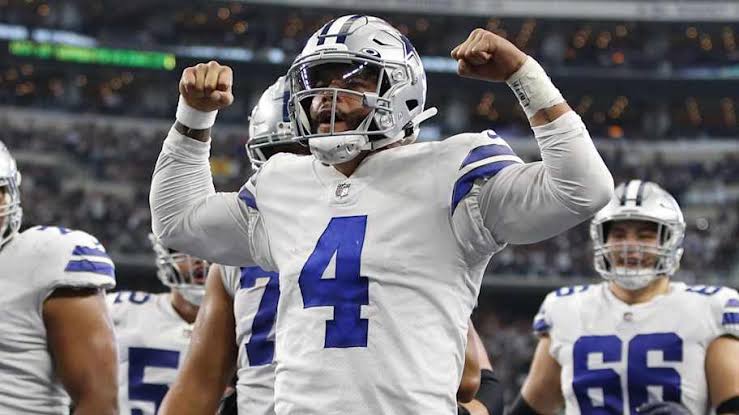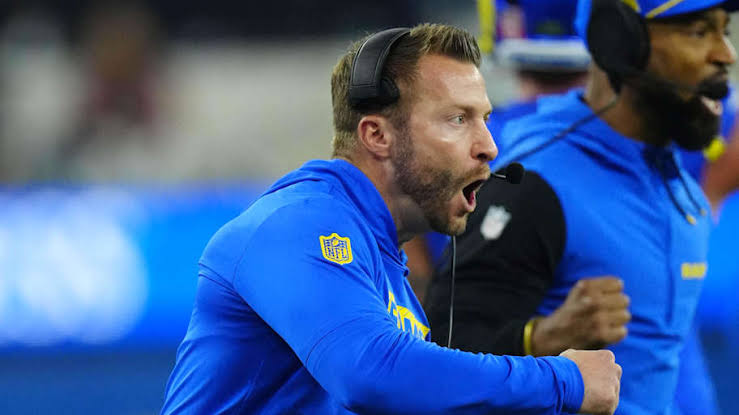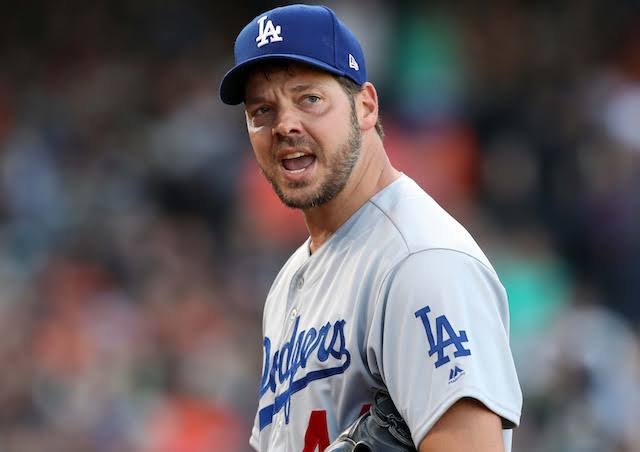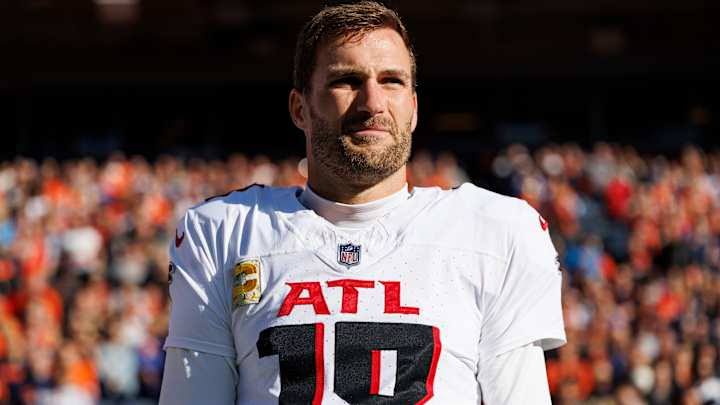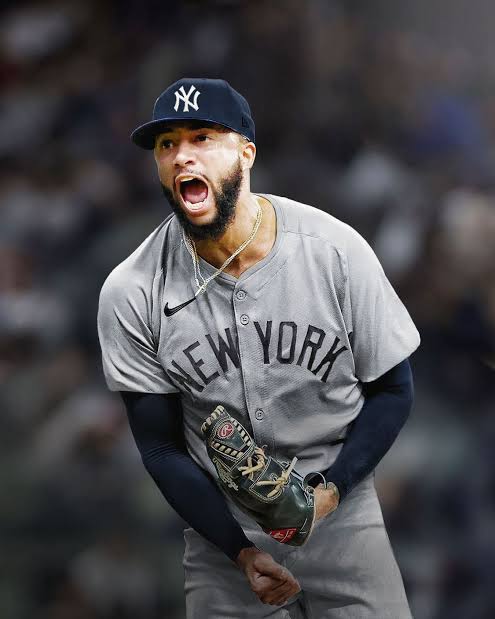The Trade Deadline Trap: Will Canucks Avoid Last Season Costly Trade Deadline Blunder?
I know it’s pretty early to consider the question of what the Vancouver Canucks should do at the trade deadline. However, three issues rise to the surface that make this idea worth discussing. First, Elias Pettersson and J.T. Miller‘s problems are dynamic and unsettled. Second, Thatcher Demko‘s injury makes the Canucks season precarious. But, perhaps most importantly, last season’s trade deadline strategy provides a caution to the Canucks about weighing short-term gains against long-term success.
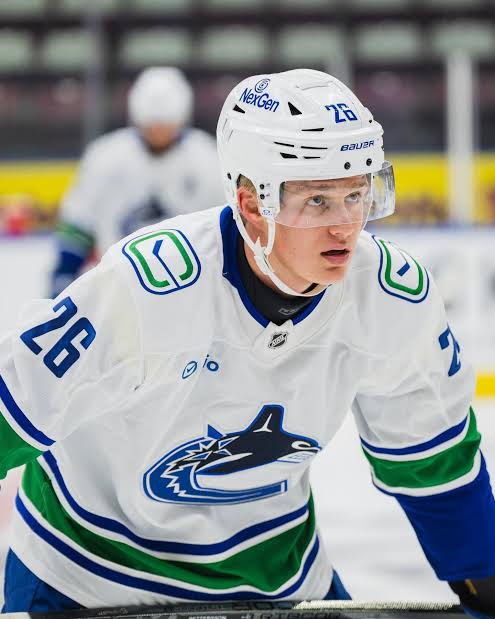
Last season, the Canucks made bold moves to strengthen their roster for a postseason push, but the cost was steep—and the results underwhelming. This season, even if things (fill in the blanks here) get resolved, and no matter how well the Canucks are performing, they should resist the temptation to repeat this high-risk approach.
Last Season’s Canucks Gamble
In their pursuit of playoff success, the Canucks traded significant assets for Nikita Zadorov and Elias Lindholm. These moves cost them a first-round pick in 2024, a third-round pick in 2026, a conditional fourth-round pick in 2024, and a fifth-round pick in 2024, as well as Andrei Kuzmenko, Hunter Brzustewicz, and Joni Jurmo.
Despite the high price, the acquisitions of Zadorov and Lindholm failed to deliver a lasting impact. While both players performed well enough, their contributions weren’t enough to pull Vancouver deep into the playoffs. Worse still, both players decided not to stay in Vancouver and tested free agency. Ironically, both signed with the Boston Bruins. This left the Canucks with little to show for their aggressive moves.
The Lessons Learned By the Canucks
The Canucks’ experience underscores the risks of going all-in at the trade deadline. While the allure of immediate success is powerful, sacrificing draft picks and promising prospects can deplete a team’s future pipeline. This strategy benefits opponents—such as the Calgary Flames in this case—who use trade deadline opportunities to bolster their futures.
Flames GM Craig Conroy reaped solid rewards from their deals with the Canucks, acquiring assets that strengthen their position for years to come. Meanwhile, the Canucks are left in the limbo of a “sort-of” rebuild, but with fewer picks and prospects to rely on.
The Long-Term View for the Canucks
For the Canucks, the priority this season should be sustainable success rather than a high-stakes gamble. Given the turmoil, it’s hard to say if the team has made promising strides in its development. However, its roster boasts talent that could form the foundation of a competitive future. Rather than risking it for a fleeting playoff run, investing in that growth is a wiser approach.
While the Canucks’ past trade deadline moves reflected a desire to satisfy their loyal fan base, they also highlighted the dangers of overcommitting to short-term goals. This season, fans should hope Vancouver will focus on settling its internal business, preparing for steady growth, preserving their future assets, and building a roster capable of sustained success.
Going all-in at the trade deadline can occasionally pay off, but for the Canucks, the high price they paid last season is a reminder that the long-term health of the franchise matters more than a single (and as last season showed) and failed playoff push. Instead of repeating past mistakes, the Canucks should approach the trade deadline with caution and foresight, ensuring that their future remains bright.
